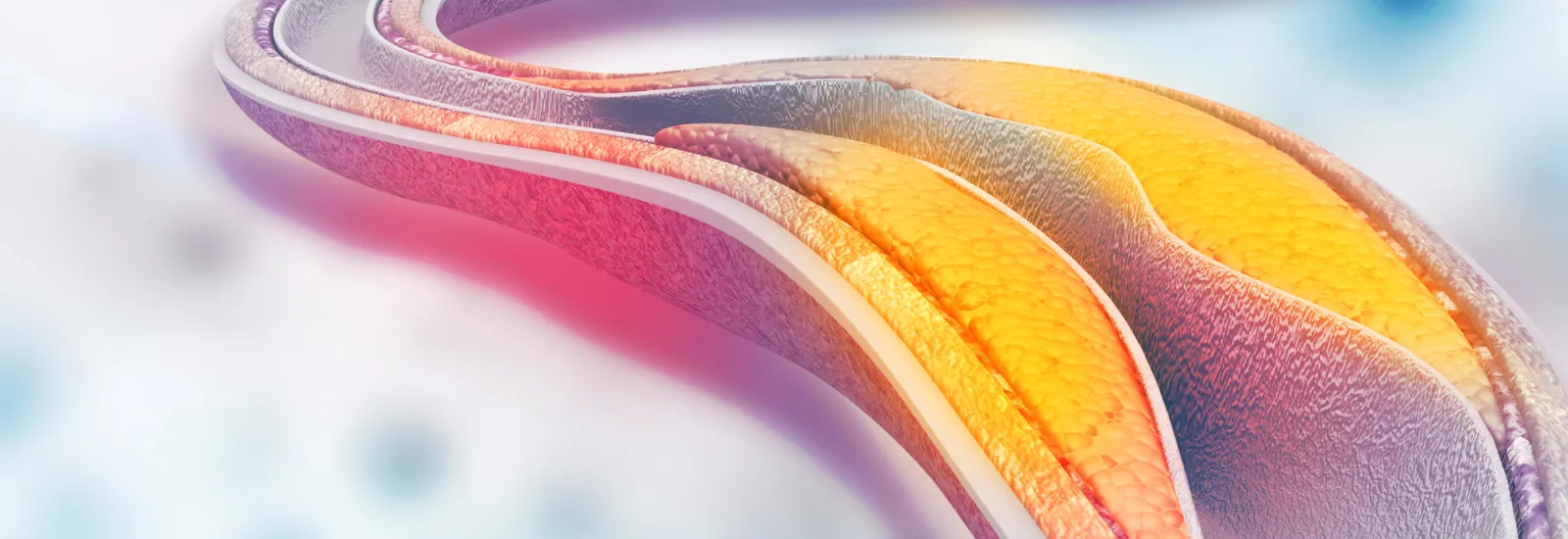
What you should know about carotid artery disease
Of all the organs in your body, your brain requires the most
blood flow to operate and function correctly. Despite accounting for just 2% of
the average person's total body weight, it receives around 15% to 20% of the
body's blood supply. When anything interferes with blood flow to your brain,
severe complications and even death can occur.
Carotid artery disease is one of the most common conditions
that cause reduced blood flow to the head and brain. It develops when the
carotid arteries, two large blood vessels in the neck, become narrow or
blocked, typically because plaque builds up. Plaque is cholesterol and other
substances that can clog the arteries and reduce blood flow.
Early symptoms of carotid artery disease include feeling
weak or dizzy and losing consciousness unexpectedly, but the disease may not
always cause early symptoms. You may not know you have it until you experience
a severe complication, such as a stroke.
4 common causes of carotid artery disease
According to the Society for Cardiovascular Angiography and Interventions, some
causes and risk factors associated with carotid artery disease are hereditary
or related to age. However, many can be reduced or eliminated through lifestyle
choices.
Manageable risk factors include:
- Smoking. People who smoke are more likely to develop hardening
of the arteries, a condition known as atherosclerosis. Over time, smoking
can damage the lining of the arteries, making them more likely to
accumulate plaque. If you smoke, quit. Avoiding carotid artery disease is
just one of many good reasons to quit smoking.
- High
blood pressure. High blood
pressure places more stress on your arteries. Over time, this can lead to
scarring, rupture, and the formation of plaque deposits. Annual physicals
with your primary care provider can help you identify if you have high
blood pressure because, like carotid artery disease, it often causes no
symptoms.
- High
LDL cholesterol. Low-density
lipoprotein (LDL) cholesterol is known as "bad" cholesterol, and it leads
directly to the formation of plaque deposits in the arteries. Regular
checkups can help you keep tabs on high LDL, as well, so you and your
provider can identify ways to lower it.
- Obesity. People with obesity are at increased risk for Type 2
diabetes and high blood pressure, both risk factors for carotid artery
disease. Eating healthy and exercising can help you avoid Type 2 diabetes
and high blood pressure, but your primary care provider can offer other
suggestions if those aren't successful.
Is carotid artery disease serious?
Living with untreated carotid artery disease is dangerous.
The condition is associated with many deadly health complications, including
strokes.
People diagnosed with carotid artery disease can begin
taking steps to treat or manage their conditions. When they do, they have much
better outcomes and can live much longer than those who are undiagnosed or fail
to properly manage their health.
According to the American Heart Association, a stroke is one of
the most severe complications of carotid artery disease. A stroke occurs when a
piece of plaque dislodges inside the arteries and prevents blood flow to the
brain. The process is similar to how plaque building in the heart's arteries
can cause heart attacks.
Carotid artery disease can also result in the formation of
blood clots, which can block blood flow to the brain and cause a stroke.
In addition to a stroke, carotid artery disease can also
lead to a transient ischemic attack (TIA), also known as a ministroke. TIA can
cause paralysis or numbness on one side of the body. Unlike a stroke, TIAs
often don't cause permanent damage. However, having a TIA puts you at an
increased risk of a stroke.
How to know if you have carotid artery disease
There are four imaging tests commonly used to diagnose carotid
artery disease:
- Carotid
ultrasound, which uses sound waves to
create pictures of the arteries and find blockages
- CT
scans, which produce detailed
views of arteries in the neck
- Magnetic
resonance angiography, which is
similar to a CT scan but uses magnets instead of radiation to produce
images
- Cerebral angiography, which uses injections of a contrast material that
travels through arteries so providers can detect them on an X-ray
Physical exams can also help your provider determine whether you are at high risk of carotid artery disease. If you are diagnosed with the condition, you can have a surgical procedure to open the artery to increase blood flow and prevent a stroke.
Reid Health offers heart scans and vascular screenings,
which can be lifesaving, to help with early detection of carotid artery
disease, coronary artery disease, and more. Request your vascular screening today.

